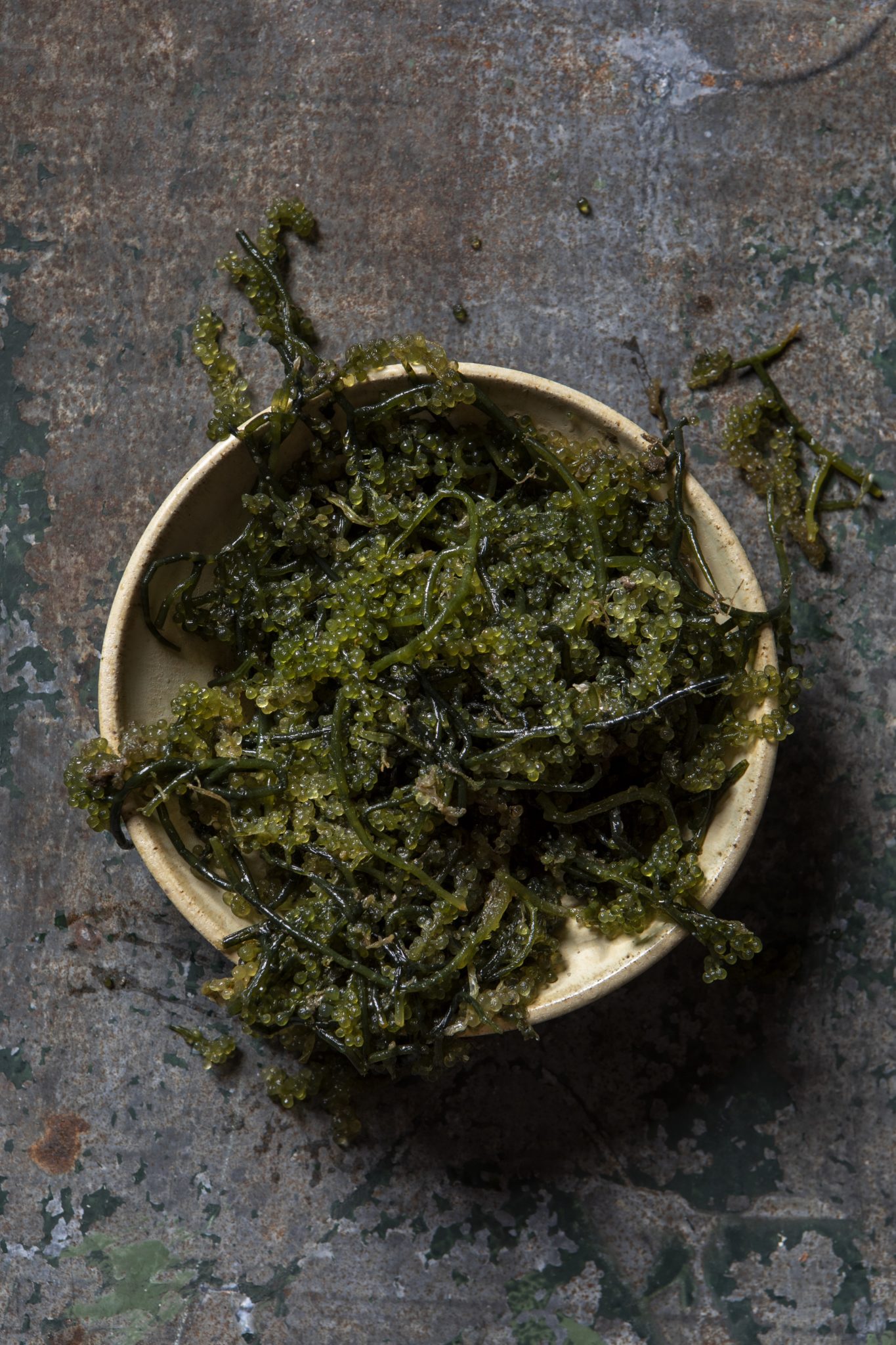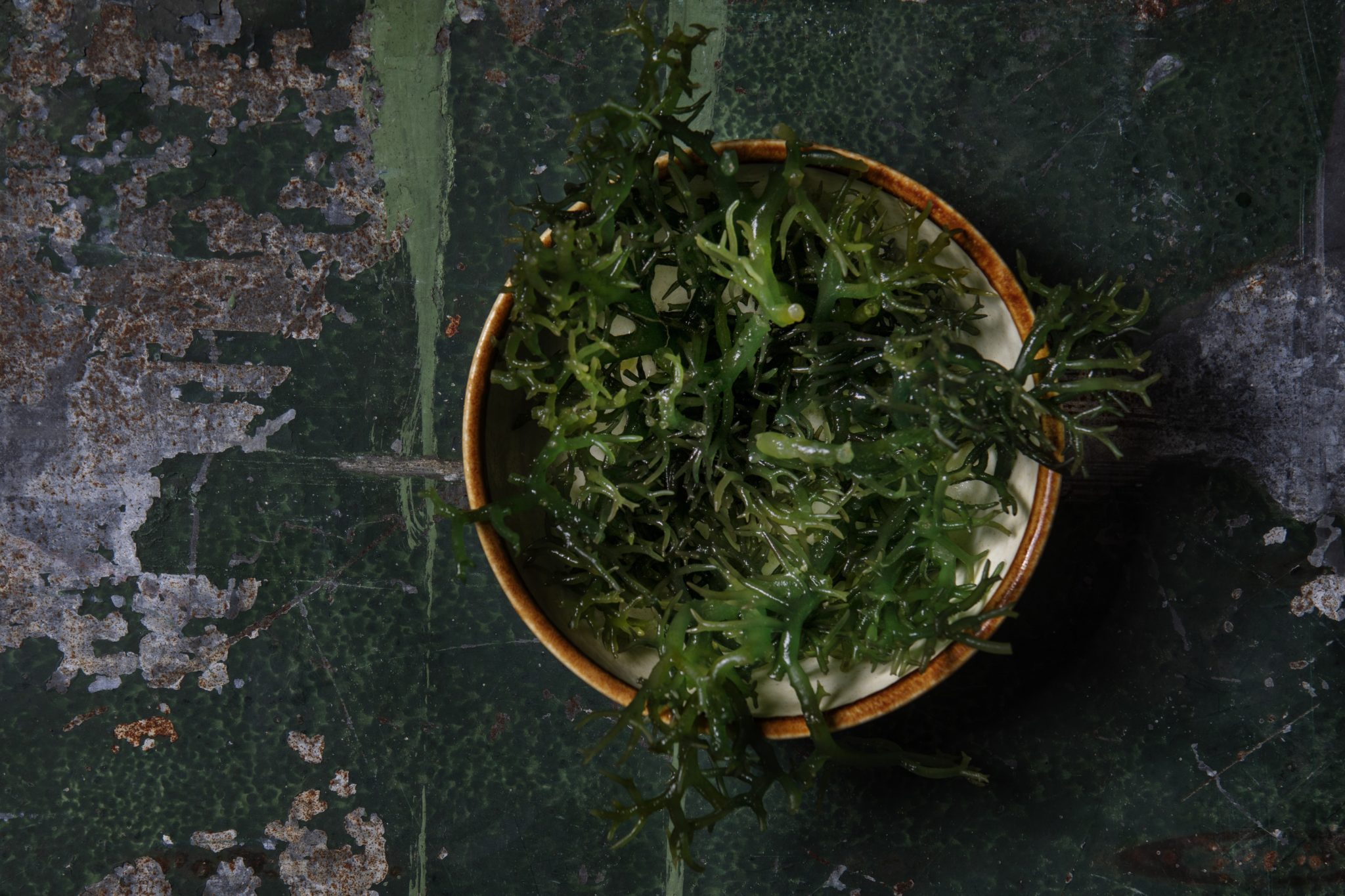Seaweed are not just for salads or appetizers anymore.
Seaweed are marine algae that have been found to play an essential role in global food security. Usually green, red, or brown, these sea vegetables are not only a viable food source for both humans and ocean dwellers but also vital in sustaining ecosystems.
Seaweed provide a habitat for fisheries and remove undesired nutrients in the water. But beyond their indispensable role in nature, seaweed are also gaining traction for their sustainable production. Pristine Solutions, a Philippine company that focuses on building sustainable supply chains, is one of the key promoters of seaweed in the country. Here, founding partner and CEO Christian Schmidradner shares facts on the sustainable product ahead of the Philippine Sustainability Month 2019 in September.
Sustainable food calls for food production that is regenerative and has low environmental impact
“Sustainable foods do not exploit our resources and is characterized by sensitive production methods,” Schmidradner says. “Crucial in sustainable food supply chains is that it is traceable.”
Several factors determine the sustainability of seafood: They should be caught through processes that do not harm endangered species; they should not include juvenile fish into the supply chain; they should not employ harmful methods such as bottom trawling and dynamite or cyanide fishing; they should come from registered licensed vessels; and their supply chain should be fully traceable and certified in terms of food safety, chain of custody, and sustainability.
As for aquacultures, seafood should be assessed on where the feed comes from, where the waste water flows to, and whether or not they are medicated. Sustainable food supply chains should also generate positive livelihood impact through sourcing from small-scale fishing communities rather than large corporations.
In the Philippines, about 90 percent of fishing grounds are heavily overfished and exploited
Initiatives like the Philippine Sustainable Seafood Week, which is supported by the government, non-governmental organizations, and some private sector companies, are addressing these issues on endangered species, overfishing, stock control, and monitoring, vessel registration and licensing, traceability systems, fish catch reports, and IUU (illegal, unreported, and unregulated) fishing. A recurring challenge is the implementation on landing sites in islands and provinces, especially because the country is an archipelago with fragmented coastlines that are difficult to control and monitor.
Currently, there is a ratio of about 70 percent wild-caught seafood to 30 percent aquaculture-harvested. It’s a ratio that is aimed to be turned around in the next years to decrease the pressure on wild stocks while ensuring food security. “This means much more aquaculture is needed in the country,” Schmidradner says. But strict regulation must be made because fish ponds can also have a harmful effect on the environment, including deforestation of mangrove forests.
Seaweed can be farmed in an environmentally sensitive and sustainable way
Seaweed can be wild-harvested or also farmed in aquacultures. Wild harvesting, however, presents more difficulties as seaweed still needs to be tested appropriately. It requires laboratory tests and proper classifications, especially if the variety is questionable. Wild harvesting of seaweed can be done but needs the right permits and guidance from the government. Most seaweed available in the market is farmed. This is popularly done in Palawan and several islands and provinces in Mindanao.

Seaweed is much more sustainable because they don’t need feeds or create waste in aquaculture
Growing seaweed through agriculture farming has become a popular option because of its positive effects on the environment. Seaweed help in absorbing carbon dioxide and releasing oxygen. They also play a crucial role in cleaning water by removing unnecessary nutrients. Water where seaweed are cultivated, therefore, become a nursing ground for fish and crustaceans.
From 2000 to 2015, it has been reported that 50 percent of aquaculture production in the Philippines comes from seaweed.
Seaweed also do not need any further feeds as they grow out naturally. The low-impact plant only requires seawater, light, and an attachment point—like the shore—to grow. It also doesn’t require fertilizers. At the same time, it has been considered a superfood, promising many health benefits.
Seaweed varieties are used for edible and non-edible products
In the Philippines, two varieties, lato and guso, are commonly available in the market. These are usually made into salads and simple appetizers, highlighting their fresh taste and texture. A study published by the Philippine Journal of Science revealed that there are actually 893 identified species of algae in the country.
A project under the Bureau of Agricultural Research developed products like noodles, cookies, marshmallows, flan, and juice out of seaweed. There have also been many studies proving the seaweed’s potential in other applications. The non-edible uses of seaweeds include air condition filtration systems for cars, personal care and cosmetic products, medical commodities, fertilizers, and packaging materials.
Edible seaweed has multiple health benefits
Seaweed contain iodine and tyrosine, essential in the production of two key hormones that help in the function of the thyroid gland. It is also a good source of iron, calcium, and omega-3 fats as well as vitamins A, C, and E, carotenoids, and flavonoids. It is low in calories, contains filling fiber, and increases metabolism, proving its overall health appeal.
Sustainability of seaweed operations can be guaranteed by certifications
The Aquaculture Stewardship Council and Marine Stewardship Council released a joint seaweed standard in 2017, which focuses on the sustainability and traceability of farmed and wild-harvested seaweed. The standard recognizes seaweed as an important global commodity and promotes best practices aimed at limiting its ecological impact.
Because of developments in seaweed farming starting 1973, however, seaweed has become a major fishery export of the Philippines and continues to generate increased revenues for the economy.
In the Philippines, however, no seaweed operation has been certified yet. Without a standard, the following risks may be brought about by the fast growth of seaweed production: coastal erosion, biosecurity risks like the spread of disease and pests, harmful structural changes to ecosystems, biodiversity loss, low water quality, and poor working conditions and protection for low-skilled workers. A seaweed standard on its harvesting, farming procedures, and monitoring systems should be applied to further establish its role in sustainability.
Priority should be given to setting up certifications. “But in the Philippines, certifications are not easy to implement because they’re seen as instruments to make the product more expensive,” Schmidradner says.
The Philippines continues to promote seaweed and their effects on the environment and economy
A study by the Food and Agriculture Organization of the United Nations, authored by Rizalina M. Legasto, revealed that seaweed was a negligible item in the country’s economy during the ’60s. Because of developments in seaweed farming starting 1973, however, seaweed has become a major fishery export of the Philippines and continues to generate increased revenues for the economy.
The country has since been noted as one of the countries that pioneered seaweed farming in substantial quantities. From 2000 to 2015, it has been reported that 50 percent of aquaculture production in the Philippines comes from seaweeds. These days, the government, through the Bureau of Fisheries and Aquatic Resources (BFAR), continues to promote seaweeds and their substantial role in the environment and the economy.
Sixty five percent of seaweed produced are processed into refined chips, 13 percent are exported raw or dried, and 22 percent are processed into refined carrageenan, a thickening agent used in many food products.
BFAR has reported that the Philippines remains one of the top producers of seaweed in the world. Sixty five percent of seaweed produced are processed into refined chips, 13 percent are exported raw or dried, and 22 percent are processed into refined carrageenan, a thickening agent used in many food products.
However, its impact on local communities has yet to be fully realized, and this is one area that both the government and private sector continue to promote. “We want to see more people appreciating seaweed for its role in food security and sustainability,” Schmidradner says.
Originally published in F&B Report Vol. 16 No. 1





